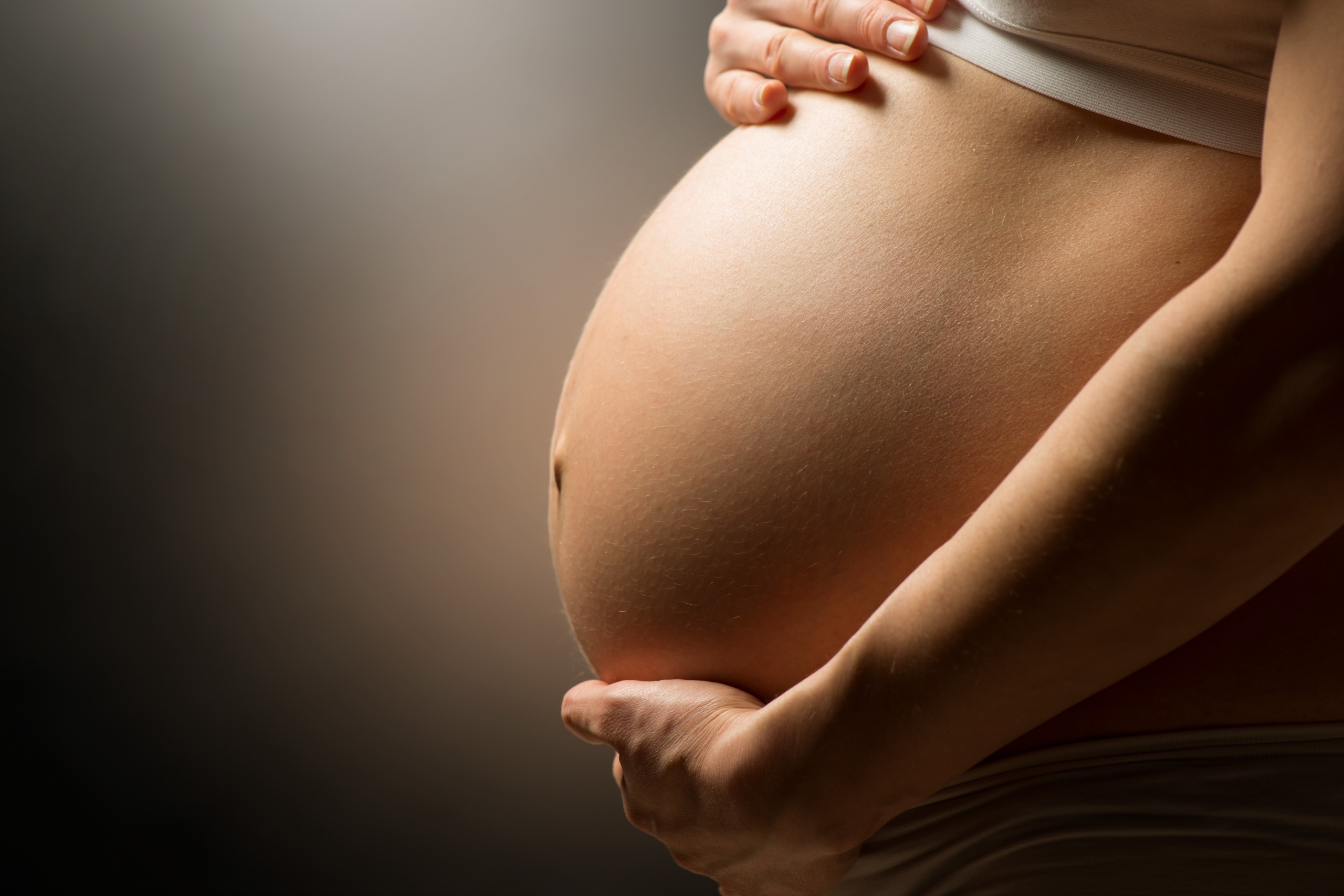While maternal mortality is declining in most developed countries, it is on the rise in the United States. In the US, the rate of pregnancy-related deaths (defined by the Centers for Disease Control as death occurring during pregnancy up to one year after delivery) in 2021 was 32.9 deaths per 100,000 live births, a rate that is much higher than in other high-income countries. Pregnancy-related deaths are three times more common in American women than in Canadian women and six times more common than in Scandinavian women.
Exactly why we are seeing this increase in maternal mortality is not entirely clear. Some attribute this increase in mortality to the fact that the average age of mothers is increasing; however, maternal mortality rates have increased in all age groups. Others suggest that increased mortality may reflect an increase in the prevalence of medical illness among pregnant women, including hypertension, cardiovascular disease, and diabetes.
One of the obstacles to a more complete understanding of these trends in maternal mortality has been the fact that only recently have states required death certificates to indicate pregnancy status; four states still have not revised death certificates to include this data.
Increasing Rates of Overdose in Pregnant and Postpartum Women During the Pandemic
A recent study from Han and colleagues looks at pregnancy-related deaths as a result of overdoses, focusing on the period of time during the COVID-19 pandemic. In this study, researchers analyzed data from the 2018-2021 Multiple Cause of Death Files linked to the 2021 Area Health Resources Files and the 2018-2021 County Health Rankings data at the county level. This cross-sectional, exploratory study included 1,457 pregnant and postpartum women who died as a result of overdose and 4,796 pregnant and postpartum women whose deaths were attributed to other causes, and 11,205 nonpregnant women who died by overdose (aged 10 to 44 years) from 2018 to 2021.
Between 2018 and 2021, pregnancy-associated overdose mortality rates increased among all women in all age groups. Among pregnant and postpartum women 35 to 44 years of age, the mortality rate more than tripled, increasing from 4.9 (95% CI, 3.0-8.0) per 100,000 mothers in January to June 2018 to 15.8 (95% CI, 12.3-20.4) in July to December 2021. This increase parallels the sharp increases in overdose deaths seen across US populations.
Compared to pregnant women who died as a result of other causes, pregnant women who died by overdose were more likely to be 10 to 34 years of age (75.4% vs 59.5%). Those who died by overdose were more likely to be non–college graduates (72.1% vs 59.4%), to be unmarried (88.0% vs 62.1%; OR 4.5), and to have died in a non-home, non–health care settings (25.9% vs 4.5%; OR 2.5).
Maternal Mortality and Overdose Deaths: Data from Massachusetts
Several recent studies have also examined overdose deaths in pregnancy and postpartum women at the state level. In Massachusetts, maternal mortality rates have increased over the last decade. In order to understand the contribution of overdose deaths to this upward trend, researchers identified pregnancy-associated deaths occurring in Massachusetts during 2005–2014 through the linkage of birth certificates and fetal death records to death certificates of reproductive-age women and through mandatory reporting to the Department of Public Health.
Between 2005 and 2014, approximately one in five pregnancy-associated deaths (20.6%) were related to substance use. Researchers observed an increasing trend in the proportion of substance use-related deaths over the study period, rising from 8.7% in 2005 to 41.4% in 2014. More than a third (38.3%) of the deaths among women delivering a live birth between 2011 and 2015 were fatal opioid-related overdoses.
Next Steps
ACOG released recommendations regarding universal screening for opioid use disorders in women during the perinatal period. This Committee Opinion includes a list of standardized screening tools for this purpose. In addition, the Massachusetts Perinatal Quality Collaborative provides a useful set of resources for obstetric providers: Maternal Opioid Use During Pregnancy.
The studies highlight the need for strengthening community outreach and maternal medical support to better address substance use in this population. The pandemic has contributed to an increase in overdose deaths; however, the total number of opioid overdose deaths has been increasing over the last 20 years. In order to reduce pregnancy-associated overdose deaths, we urgently need evidence-based interventions at individual, health care, local, and national levels, as well as non-punitive approaches that encourage and incentivize pregnant and postpartum women to seek treatment for substance use disorders.
Ruta Nonacs, MD PhD
References
Han B, Compton WM, Einstein EB, Elder E, Volkow ND. Pregnancy and Postpartum Drug Overdose Deaths in the US Before and During the COVID-19 Pandemic. JAMA Psychiatry. 2024 Mar 1; 81(3):270-283.








Leave A Comment